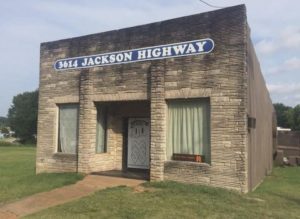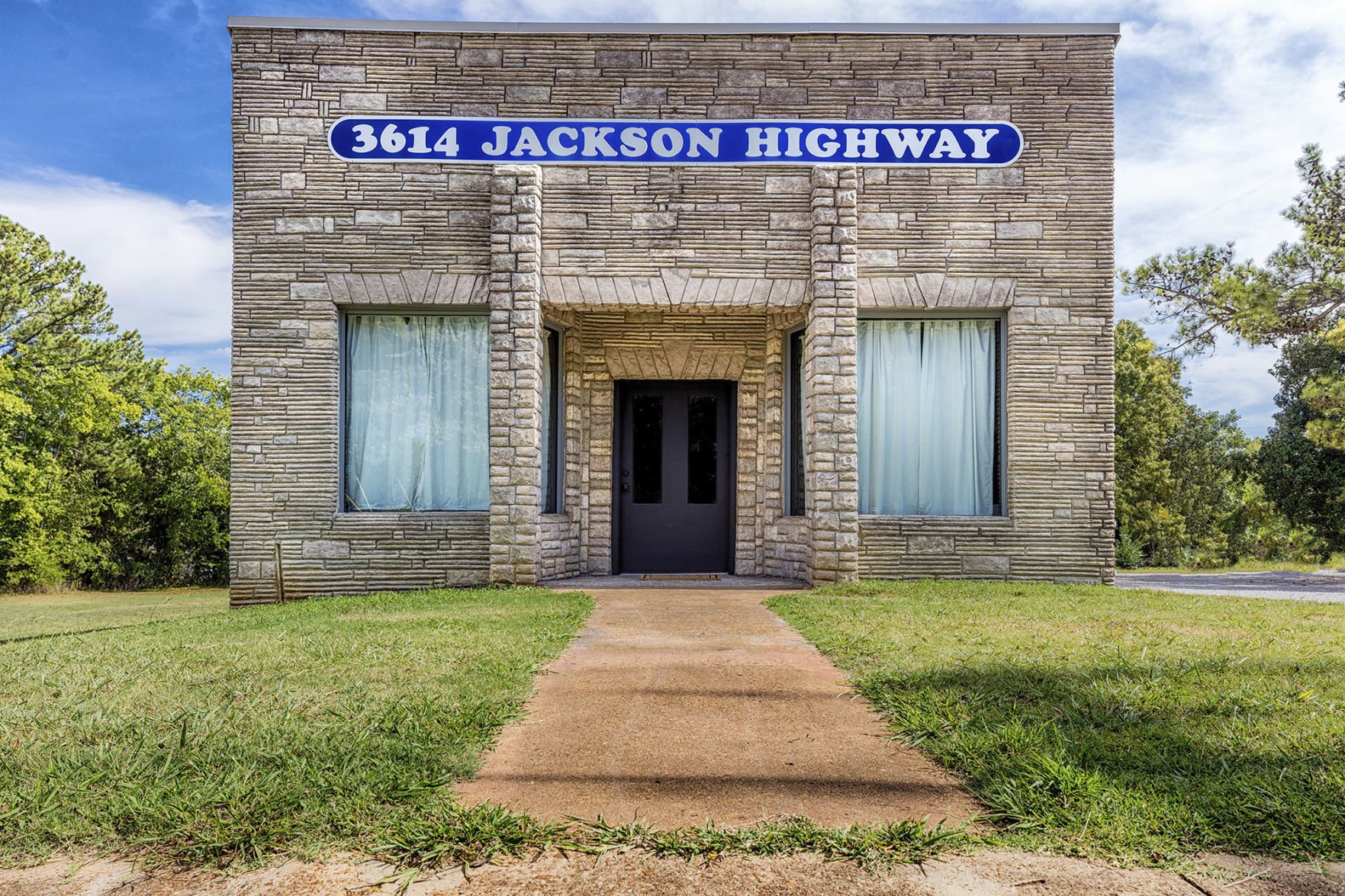
"I think they just got funkier records here than they did anywhere else," says Fame studio president Rodney Hall. But the music kept the stars coming, and in its heyday in the mid-70s, the area was home to eight studios.

Muscle Shoals seemed an unlikely place for a celebrity crowd: the nicest hotel was a Holiday Inn, and sometimes the area's studios would put artists up in mobile homes at the local trailer park. That was 1961's "You Better Move On," by local bellhop Arthur Alexander, and it was the first of a string of R&B hits recorded there by such artists as Aretha Franklin, Wilson Pickett and Clarence Carter. In fact, that sound was already developing in Muscle Shoals at a studio called Fame - the first studio in the region to cut a hit record. And then after a bit we thought, 'Heck, why not?'" "And we all thought that was just the funniest thing. "There was a Motown sound, there was a Nashville sound, there was a Memphis sound, and I said, 'Muscle Shoals Sound,'" Hood tells NPR's Debbie Elliott. David Hood, the group's bass guitarist and studio co-founder, says the studio's name was a joke of sorts.

In 1969, four local session players known as the Muscle Shoals Rhythm Section decided to open up their own recording studio. The Muscle Shoals Sound Studio was a recording mecca for rhythm and blues, rock and pop artists in the '60s and '70s.
#MUSCLE SHOALS SOUND STUDIO FULL#
“We're one of the historic Muscle Shoals studios that is actually open to the public full time, six days a week for tours, and we're also still an active studio”, explains Colin Lott.In an obscure northwest corner of Alabama, a little-known piece of music history is up for sale. It was around the same time that the original studio situated at 3614 Jackson Highway, started to be authentically restored and on January 2017, the legendary place reopened for tours. In 1979, Muscle Shoals Sound moved across town, to 1000 Alabama Avenue and eventually ceased its activities in 2005. It used to belong to RCA Studio B in Nashville and has recorded icons like Elvis, Johnny Cash and Roy Orbison. It’s an API mixing console, designed for Chet Atkins. One of the greatest treasures in this historic place is to be found in the control room, separated from the studio floor by a glass window. Guitars, a Wurlitzer electric piano, Fender amps, a black baby grand: each of the instruments in the studio has a story. Over the years, iconic artists such as The Rolling Stones, Aretha Franklin, Wilson Pickett, Bob Dylan, Lynyrd Skynyrd and Cat Stevens, among others, recorded in this studio. “Basically the way you see the place set up now, it's just like it would be back then”, says Colin Lott, our tour specialist and curator. When you step into the Muscle Shoals Sound Studio you are transported back in time. In the same year they also famously hosted the Rolling Stones, cutting “Brown sugar”, “You got to move” and “Wild horses” from their 1971 album “Sticky Fingers”. In 1969 the group worked with artists like Boz Scaggs, Lulu and Arif Mardin, and found its first commercial success with “Take a letter, Maria” by R.B Greaves which reached number two in the charts. Together, they revolutionised soul, R&B, rock and country music, and became one of the best-known “house bands”.

The band, known as The Swampers, was composed of Barry Beckett, Roger Hawkins, David Hood and Jimmy Johnson. It was formed in 1969 by a group of session players called the Muscle Shoals Rhythm Section, who broke away from Rick Hall’s FAME Studios to become entrepreneurs and found their own recording facility. This old studio, situated in Sheffield, has been listed on the National Register of Historic Places since June 2006.


 0 kommentar(er)
0 kommentar(er)
